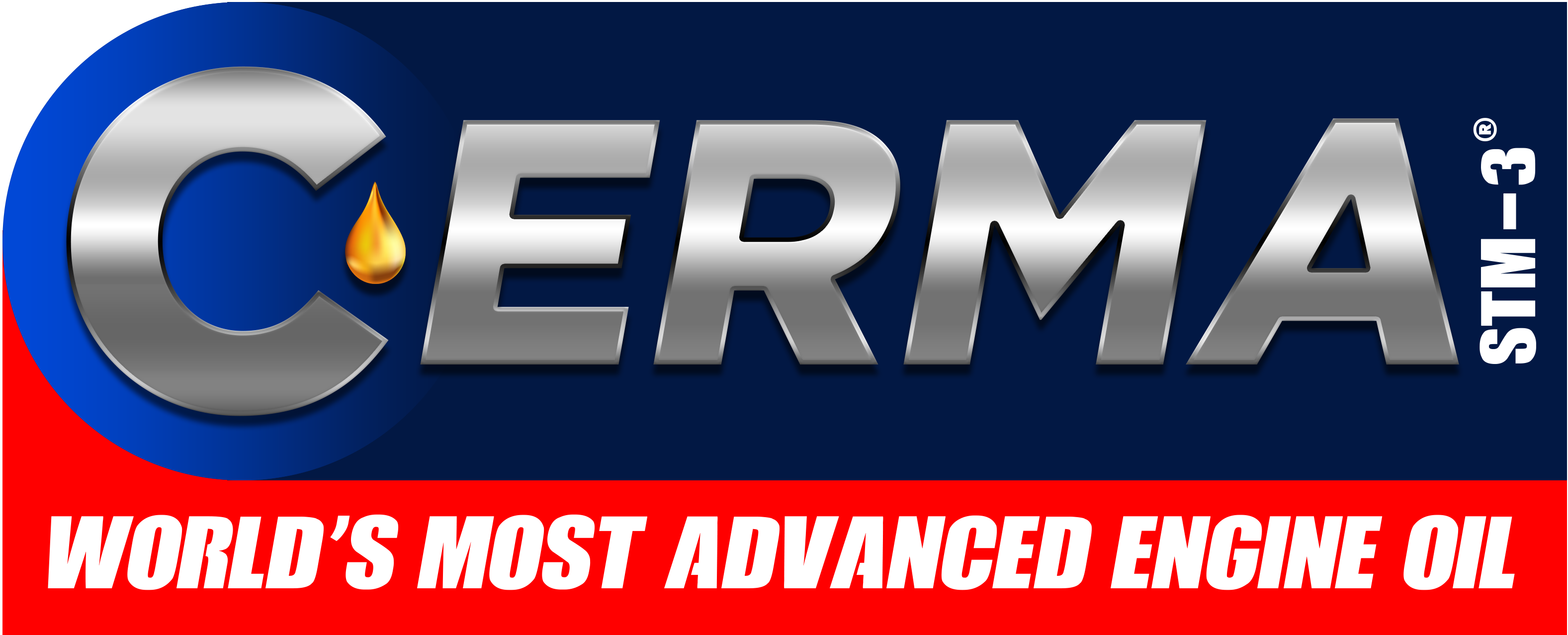Over 20 years ago, I was an automative engineer working on a confidential project for the U.S. government, researching ways to reduce destructive vibrations in rotating equipment. I can’t disclose details, but this work paved the way for Cerma.
After the project’s completion, I bought a brand-new car. On the very first start-up, it emitted an awful rattling noise that made me cringe. I thought, this should NOT be happening in a new engine
Troubleshooting my own car, I modified the formulation I’d created for the government project and poured it in. Instantly, the treatment smoothed out the engine – no more annoying rattles.
Soon after, a friend complained his car was grossly polluting and couldn’t pass emissions testing. Skeptical but desperate, he tried the same treatment. Five miles later, his car passed the smog test with flying colors.
I realized then what I had developed could help everyday drivers, not just the Navy’s state-of-the-art equipment. In 2005, CERMA was tested at the premier EPA and CARB certified laboratory in Southern California, California Environmental Engineering (CEE). (bold) Test results were incredible. (bold) Using stringent CARB protocols, Cerma showed a 92% reduction in emissions and more than a 4.4% improvement in fuel economy. This was a game-changer for the auto industry. This was no ordinary oil additive – it fundamentally transformed engine operation at a molecular level.
My personal formulas were the genesis of Cerma’s current products. Through extensive R&D, we’ve refined the technology, but the core remains rooted in solving my own car’s mystery rattles over 20 years ago.
Word spread, and Cerma steadily grew from my home garage into an international brand. But throughout expansion, we’ve stuck to the principles of integrity, honesty, and service that defined Cerma from the start.

Cerma Asia Inc.
1331 Memorial Dr.
Denison, TX, USA 75020
info@cermaasia.com
+1 (903) 776-4415
Copyright © 2023 Cerma Asia Inc.